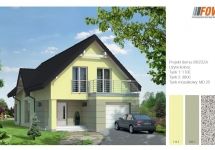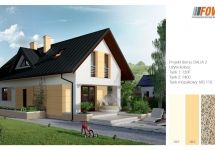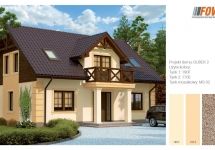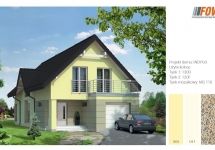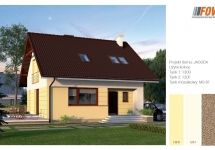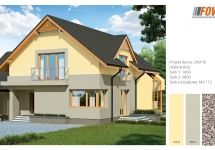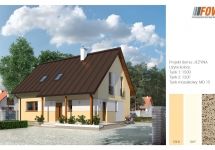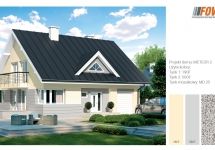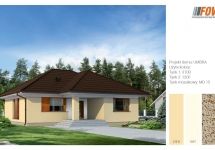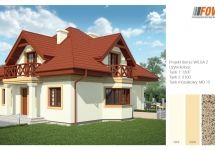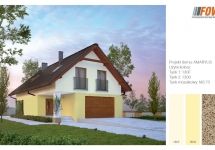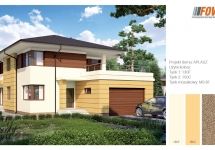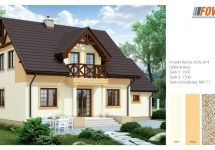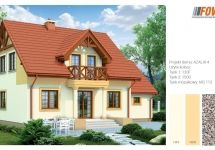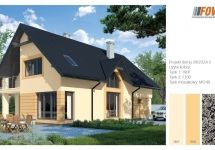Yellow colour
Yellow belongs to so called earth colours - its various shades can be found in numerous minerals and materials such as wood, clay and straw. Due to its widespread availability, yellow pigments have been used for tinting purposes since ancient times. As a colour of thatch, new shingles and wooden beams, yellow is also strongly associated with the colours of traditional architecture in many regions of the world.
Also, nowadays, due to a long tradition of its application and positive impact, yellow shades are very popular as a colour for facade plasters. Bright shades of yellow, particularly those close to orange, can be combined with other warm colours such as brown, beige as well as red and olive green. Yellow shades, aiming towards green, are optically “colder” and look well both with green and various grey shades.
Yellow holds the highest brightness of all colour shades, therefore it is clearly visible colour in the landscape, especially when highly saturated. Applied on the facade warms, zooms and goes forward, lights up, however, too saturated can be irritating, therefore in pure form it is better to use it on smaller planes. Yellow creates a complementary contrast with blue. When combining these two colours on the facade it’s worth bearing in mind that apart from a high shade contrast it is also a strong temperature contrast - warm/cold.
Author: Justyna-Tarajko Kowalska
